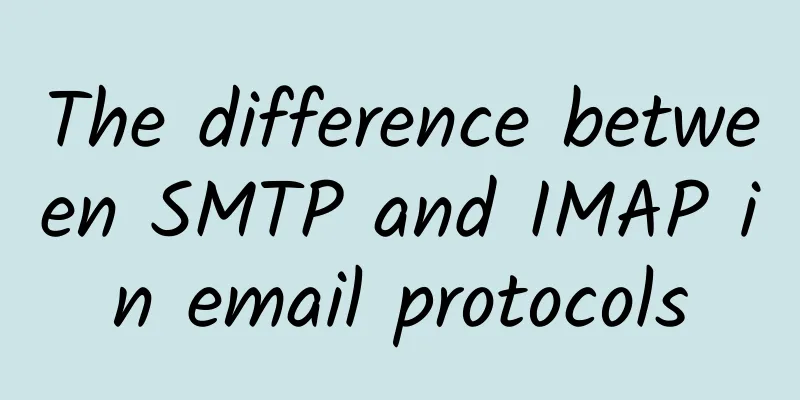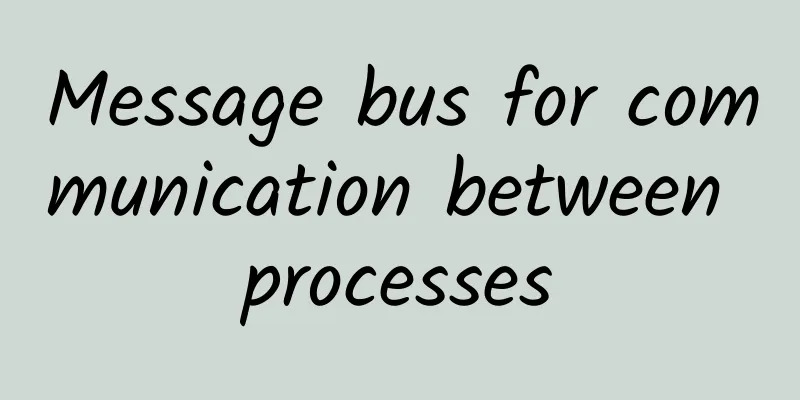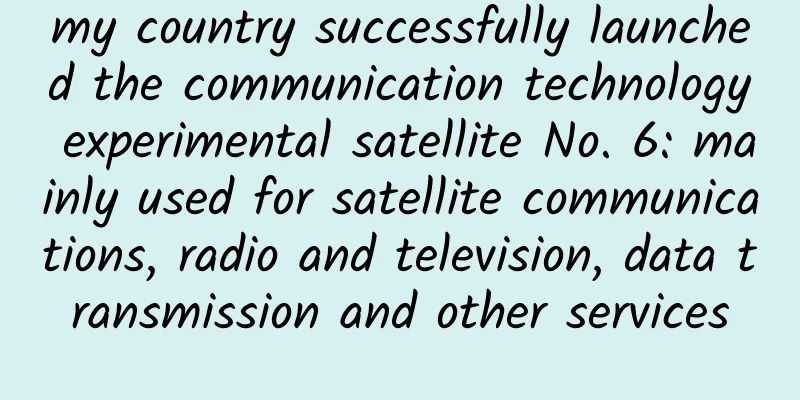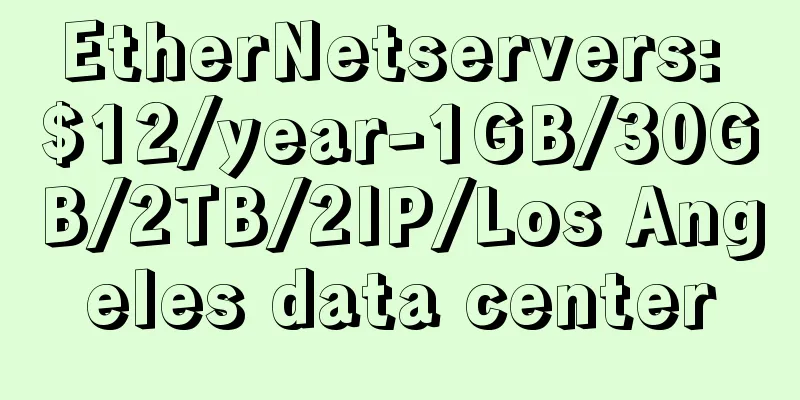The difference between SMTP and IMAP in email protocols

|
Author: Li Jiabin, Unit: China Mobile Smart Home Operation Center Labs GuideAs mobile office becomes more and more popular, various industries in my country are gradually entering the stage of digital transformation. Email has gradually become the most important means of publishing important information, implementing various minutes, and recording important links in the mobile office system. So how do emails interact and transmit? What is the email protocol? As the two most commonly used email protocols, SMTP and IMAP, what are the differences between them? This article will give a simple and in-depth introduction to these issues. The era of digital transformation Mobile office systems are becoming more and more popular The cost of communication is getting lower and lower~ In the process of information circulation and sharing A large number of companies have chosen 📨 ...... As a carrier of important information exchange How do emails interact with each other? What are the differences between different email protocols? This issue of Labs introduces you to Things about email protocols 📩 Part 01 What is the email protocolBefore introducing the email protocol, let's first briefly introduce what a communication protocol is. In simple terms, a communication protocol is a set of standardized rules used by electronic devices to interact. All parties encapsulate and parse data according to this rule. The most common communication protocols include TCP/IP, HTTP Hypertext Transfer Protocol, UDP User Datagram Protocol, FTP Text Transfer Protocol, etc. Email protocol, as the name suggests, is the standard rules used in the process of email interaction. - ClassificationThe protocols used in email communication are currently divided into the following three categories:
The following diagram shows a basic process of email interaction. Part 02 What is SMTP- introduceSMTP (Simple Mail Transfer Protocol) is a simple mail transfer protocol and an industry standard protocol in email protocols. It is mainly used to regulate the transmission of emails from the source address to the destination address and control the way emails are transferred. This protocol is used when drafting emails and initiating a send command or transferring emails. There are two types of SMTP email servers: relayers and receivers. SMTP relayers process emails from other servers and then pass them to other SMTP servers in the correct direction. Receivers receive emails sent from relay servers and then deliver them to the mail server where the recipient's mailbox is located. The following is a diagram of the stages involved in SMTP. - Three stages of communicationThe communication model of SMTP protocol communication can be simply summarized as follows: when a user needs to send an email, the email sender and the email receiver establish a communication channel. After the channel is established, the sender sends the email data through various commands. After the email is sent, the communication channel is terminated. Next, we will talk about each step in detail. SMTP Handshake The SMTP client and server need to establish a connection first. The client applies to establish a TCP connection with the server through port number 25. The server responds 220 and returns the server domain name. After receiving the response code, the client sends a HELLO command and client identification information to start the SMTP session channel. The server responds with a 250 response code, and the session channel is officially established. Email transmission The client sends the MAIL command to report the sender's email address and domain name. If the recipient accepts the email, it will reply with a reply code of 250. Then the client sends the RCPT command to specify the recipient's email address and domain name. If it is accepted, it will also reply with a reply code of 250. If it is not accepted, it will be rejected (the entire call will not be terminated). After the recipient's email address is confirmed, the client uses the DATA command to indicate that it wants to send data. The server responds with a reply code of 354. The client starts to transmit the message and ends the transmission with a ".". If the data is received, a reply code of 250 will be received. Closing a channel The client sends the QUIT command to close the channel, and the server responds with a 221 response code indicating successful closure. - Features
Part 03 What is IMAP- introduceIMAP (Internet Message Access Protocol) is an application layer protocol and a temporary mail access protocol, also known as the Interactive Mail Access Protocol and the Internet Mail Access Protocol. IMAP is not used to send mails, but is mainly used to manage mails and retrieve emails from the server, obtain email information, download emails, etc. It is the most commonly used protocol for retrieving mails. Another commonly used protocol for retrieving mails is POP3. Compared with POP3, IMAP can directly operate server mails through the client, without downloading all mails to the local computer for management. IMAP pulls through port 143, as shown in the figure below. - Communication Process
- Features
Part 04 The differences and complementarities between SMTP and IMAPNow we can summarize the main differences between SMTP and IMAP.
Of course, in actual use, as shown in the figure below, we use SMTP and IMAP in a complementary manner. |
<<: Principles and Applications of Distributed System Selenium GRID
>>: 5G and 6G spectrum comparison
Recommend
What is 5G network slicing?
In today's fast-paced, hyper-connected world,...
80VPS: Hong Kong dedicated server 100M bandwidth 450 yuan/month, US CN2 server 350 yuan/month
80VPS is promoting some independent servers. For ...
Zhang Jinrui, Beijing Municipal Bureau of Economics and Information Technology: Beijing accelerates 5G gigabit network applications to create a new benchmark for the digital economy
At the "Third 5G Gigabit Network Industry Fo...
WiFi is about to be eliminated again. Downloading thousands of movies in one second is no longer a dream, new Australian research released
The WiFi transmission rate is already fast enough...
After the holidays, I return to work and upgrade my home router to welcome the New Year.
In the face of the epidemic, staying at home and ...
Making WAN ubiquitous: SD-WAN still has huge room for development
[[177476]] The impact of globalization has become...
IoT and 5G are changing the world
By 2025, there will be 5 billion cellular-connect...
RackNerd: $9.49/year KVM-768MB/12GB/2TB/San Jose and other data centers
RackNerd released a March promotion plan, includi...
Five strategies for enterprises to start 5G digital transformation
Of course, 5G has been in the spotlight in 2020. ...
What is cloud network?
The future of cloud is bright. By 2024, more than...
An oscillation almost ruined my work. It turned out to be caused by an IP address conflict!
Switches are in the arena, and it is not okay to ...
Ruijie Networks releases simplified Ethernet all-optical 3.X solution, Ethernet color optical leads the innovation of campus all-optical network
On the afternoon of April 25, Ruijie Networks hel...
"Have you eaten?" | A tragic experience of a message
[[405615]] After get off work, you feel empty and...
Ruijie launches the new generation of smart classroom "A Good Class" to activate education informatization 2.0
On April 2, Ruijie Networks held a new product la...









